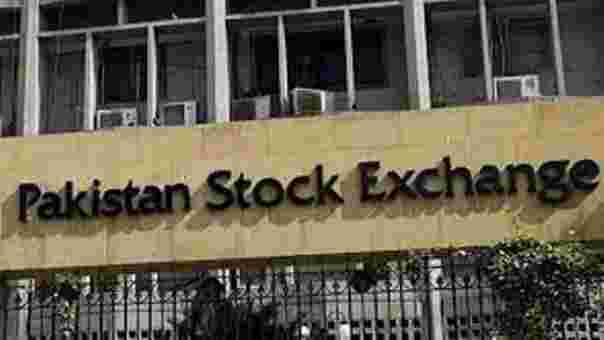Karachi, November 16, 2024 – Analysts at Arif Habib Limited (AHL) project the KSE-100 Index, Pakistan’s benchmark stock market index, to reach 120,010 points by December 2025, forecasting a 27% return over the next 13 months. The prediction comes as the index continues its remarkable performance, emerging as the world’s best-performing stock market from October 2023 to November 2024.
The KSE-100 closed at a record 94,763.64 points on November 15, 2024, after briefly crossing the 95,000 mark. The index has delivered a 52% return so far in 2024, surpassing other asset classes like gold, supported by a stable exchange rate and an International Monetary Fund (IMF) bailout, which have bolstered investor confidence.
“The stage is set for a potential market re-rating, driven by declining interest rates, a stable PKR, and improving macroeconomic fundamentals,” AHL analysts stated in their annual report, Pakistan Investment Strategy 2025. The report, titled “Conquering New Heights,” highlights the sustained momentum of the KSE-100 and its undervalued position, trading at a price-to-earnings (P/E) ratio of 5.3, a 35.8% discount compared to its 10-year average of 8.3x.
AHL’s positive outlook is underpinned by easing inflation, a manageable current account deficit, and anticipated monetary policy relaxation. However, corporate earnings growth is expected to slow to 4.2% in 2025—the lowest since 2020—due to a high base effect in the banking sector and challenges in the textile industry.
The report also emphasized the growing role of domestic liquidity in driving the market. High Net Worth Individuals (HNWIs), brokers, and companies now hold 76.4% of the KSE-100’s free float. Meanwhile, the mutual fund industry’s assets under management (AUM) have grown from Rs742 billion in FY20 to nearly Rs3 trillion by September 2024, with net equity inflows of Rs34 billion in 2024—the highest in seven years.
Despite the optimistic forecast, AHL flagged key risks, including macroeconomic imbalances under the IMF program, commodity price volatility, and political instability. It also highlighted opportunities in foreign direct investment, a potential mergers and acquisitions boom, and enhanced domestic liquidity as critical factors for sustaining investor interest.
As 2025 approaches, the KSE-100’s continued upward trajectory will depend on Pakistan’s ability to address structural economic challenges and maintain market confidence, potentially marking a new chapter in its financial landscape.
